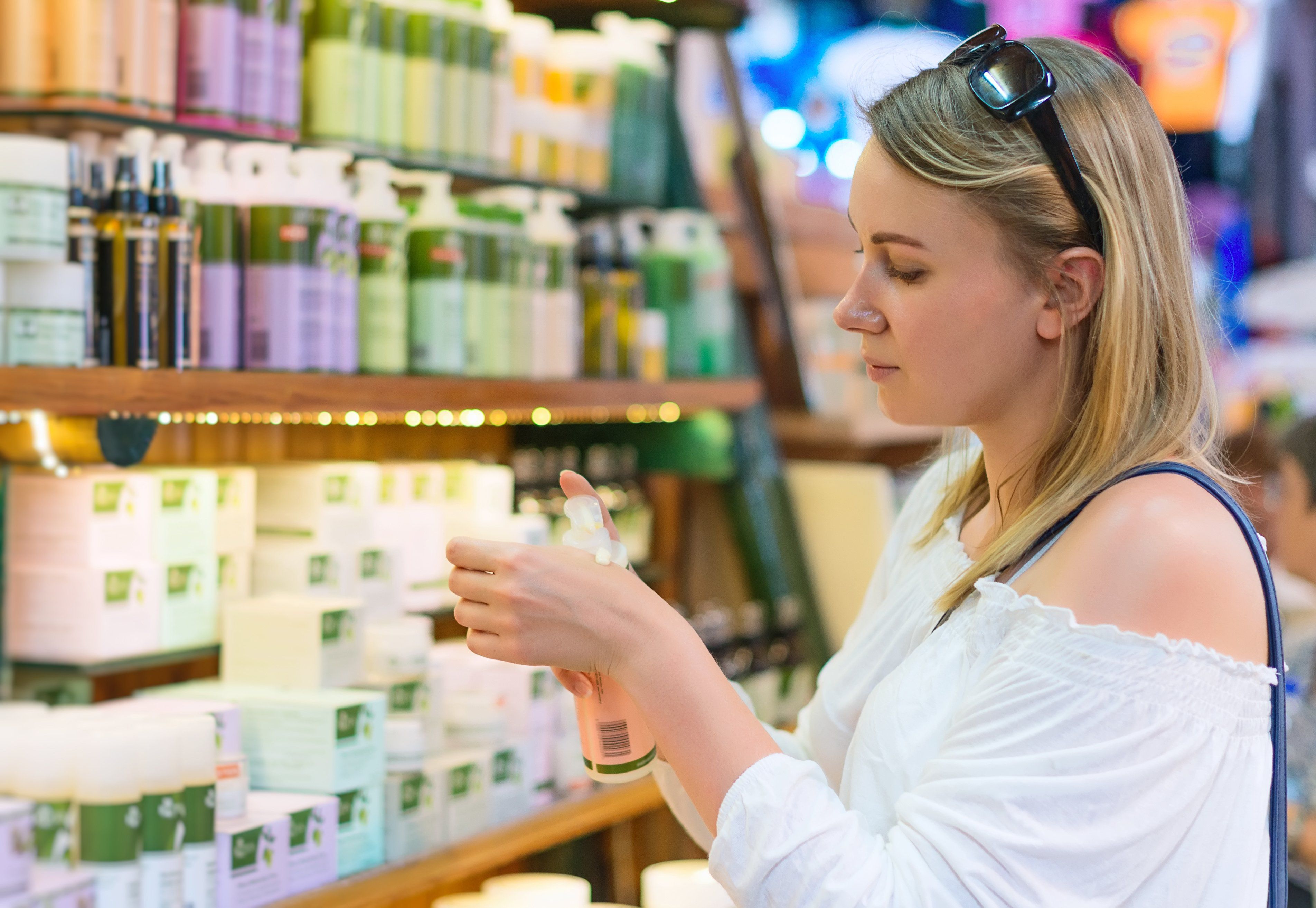- Case-Based Roundtable
- General Dermatology
- Eczema
- Chronic Hand Eczema
- Alopecia
- Aesthetics
- Vitiligo
- COVID-19
- Actinic Keratosis
- Precision Medicine and Biologics
- Rare Disease
- Wound Care
- Rosacea
- Psoriasis
- Psoriatic Arthritis
- Atopic Dermatitis
- Melasma
- NP and PA
- Skin Cancer
- Hidradenitis Suppurativa
- Drug Watch
- Pigmentary Disorders
- Acne
- Pediatric Dermatology
- Practice Management
- Prurigo Nodularis
- Buy-and-Bill
Publication
Article
Dermatology Times
New concepts in cosmeceuticals: Body rhythm moisturizers
Author(s):
In this Cosmetic Conundrum article, Zoe Diana Draelos, M.D., discusses how cosmeceuticals can be modi fied to address the diurnal variation in skin needs that occur during the body's circadian rhythm.

Dr. Draelos

Q. What are body rhythms?
The concept of body rhythms has been popularized as important in overall health. These rhythms are fluctuations in mental, physical and emotional well being based on the clock related to the day/night cycle, hormones, meals, sleep/wake cycle, adrenal gland production, thyroid gland and clock genes. The study of the body circadian rhythm is known as chronobiology with studies of the body’s inner clock dating back to the 18th century.
READ MORE: Dr. Draelos discusses cosmetic technology advances
There are three types of chronobiology rhythms: infradian rhythms, ultraradian rhythms, and circadian rhythms. Infradian rhythms last more than 24 hours and are repeated only every few days, weeks or months and represent such activities as female menses. Ultradian rhythms are shorter than 24 hours and often last several hours, such as ingestion of food. Finally, circadian rhythms last 24 hours with distinctive day/night cycles.
Q. What are circadian rhythms?
Circadian rhythms are endogenous and adjusted to the local environment by cues called zeitgebers, meaning “time giver” in German. The 2017 Nobel Prize in physiology or medicine was awarded for research in molecular mechanisms controlling circadian rhythms in fruit flies. In humans, the circadian clock is in the suprachiasmatic nucleus, located in the hypothalamus. PER1 and PER2 genes are expressed in the suprachiasmatic nucleus representing the primary circadian pacemaker in the human brain.
These circadian rhythms are also important in the skin with robust autonomic clocks in keratinocytes, fibroblasts, melanocytes, mast cells and hair follicles. Important skin functions affected by circadian rhythms include free radical production and neutralization, DNA damage and repair, keratinocyte/ broblast differentiation and proliferation, and barrier and immune functioning.
Q. What are circadian rhythm-based moisturizers?
There are key differences between skin activities that occur during the day and night. During the day, the skin has the highest pH, sebum production and thickness with the lowest cell proliferation. Conversely, during the night, the skin has the highest DNA repair, cell proliferation, barrier permeability, skin penetration, blood flow, moisturizer loss and the lowest barrier recovery rate. This has led to the development of moisturizers to address the diurnal variation in skin needs and a new concept in cosmeceuticals.
READ MORE: Dr. Draelos discusses permanent eyeliner, microblading
A very obvious example of a circadian rhythm-based moisturizer would be the inclusion of sunscreen. Sunscreen-containing moisturizers should be worn during the day and not at night based on daytime sun exposure. Since the skin barrier permeability is higher at night, more occlusive moisturizer formulations should be used to include products with less water and more oils. Occlusive ingredients include petrolatum, mineral oil, and shea butter. Since sebum production is higher during the day, oil control ingredients such as talc or kaolin should be placed in daytime products. Also, since the skin pH is higher during the day, it may be worthwhile to make daytime formulations slightly more acidic to lower pH. These are examples of how cosmeceuticals can be modified to address the circadian rhythm concept.






